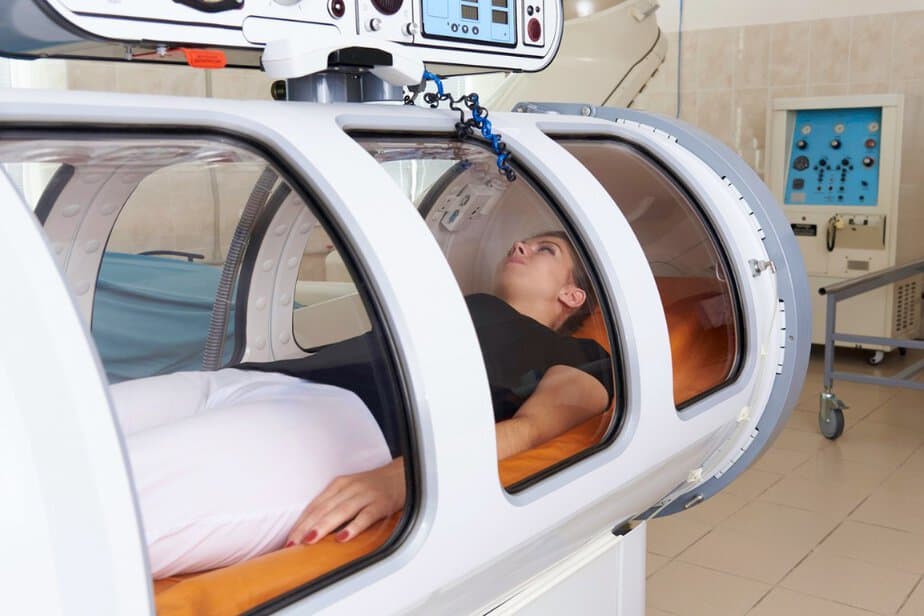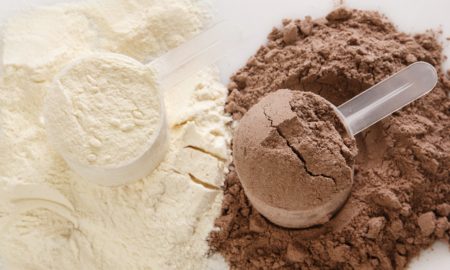
Hyperbaric Oxygen Therapy (HBOT) has been a topic of fascination and controversy in medical circles for years. It’s often surrounded by myths and misconceptions that can lead to confusion and skepticism. In this post, we aim to clear the air by addressing some of the most common myths and provide factual information about HBOT.
1. Understanding Hyperbaric Oxygen Therapy
Before debunking the myths, it’s crucial to answer an important question: what is hyperbaric oxygen therapy? HBOT is a medical treatment that involves breathing pure oxygen in a pressurized room or chamber. It’s used for a variety of medical conditions, such as treating decompression sickness in divers, healing wounds, and enhancing recovery from infections. The increased pressure allows the lungs to gather more oxygen than would be possible breathing pure oxygen at normal air pressure.
Myth: HBOT is an experimental and unproven treatment.
Reality: HBOT is a well-researched and FDA-approved treatment for several medical conditions. It’s been proven effective in accelerating wound healing, treating carbon monoxide poisoning, and aiding in recovery from infections.
2. Safety And Accessibility Of HBOT
Myth: Hyperbaric Oxygen Therapy is dangerous and causes severe side effects.
Reality: While any medical treatment carries some risks, HBOT is generally safe when performed under medical supervision. The most common side effects are minor, such as ear pressure changes, similar to what you might experience in an airplane.
3. The Efficacy Of HBOT In Treating Various Conditions
Myth: HBOT is a cure-all for numerous diseases and conditions.
Reality: Although HBOT is beneficial for certain medical conditions, it’s not a universal cure. It’s most effective for conditions related to oxygen deprivation or where increased oxygen delivery can promote healing.
4. The Use Of HBOT In Cosmetic And Anti-Aging Treatments
Myth: HBOT is widely used and effective for cosmetic and anti-aging purposes.
Reality: The use of HBOT for cosmetic or anti-aging purposes is not widely supported by scientific evidence. While increased oxygen can aid in skin health, claims regarding its effectiveness in anti-aging treatments are often exaggerated.
5. The Affordability And Insurance Coverage Of HBOT
Myth: HBOT is exorbitantly expensive and not covered by insurance.
Reality: The cost of HBOT can vary, but many insurance providers cover it for approved medical conditions. It’s essential to check with your insurance provider and healthcare provider regarding coverage and cost.
6. HBOT As A Standalone Treatment
Myth: HBOT works best as a standalone treatment.
Reality: In many cases, HBOT is most effective when used in conjunction with other treatments. For example, in wound healing, it’s often used alongside traditional wound care methods.
7. HBOT As A Treatment For Neurological Conditions
Myth: HBOT has no benefits for neurological conditions.
Reality: Recent studies suggest that HBOT may have potential benefits in treating certain neurological conditions. Research indicates improvements in conditions like stroke, traumatic brain injury, and even some types of cerebral palsy. However, it’s important to note that while initial results are promising, further research is needed to fully understand the effectiveness and scope of HBOT in neurology.
Conclusion
Hyperbaric Oxygen Therapy is a field rich with possibilities and ongoing research. While it’s critical to approach HBOT with realistic expectations and understand its limitations, its potential benefits in diverse medical areas, including neurology, are an exciting frontier in medical science.
As always, consultation with healthcare professionals and reliance on up-to-date scientific research are key to navigating the world of HBOT.

















Follow Us